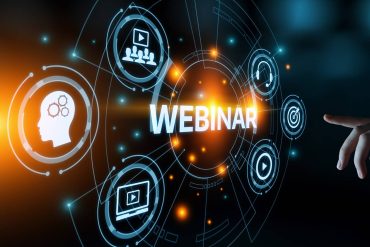
From Trusted Solutions to Complete Platforms: How Past Innovation
Drives Future Technology
Featuring: Dr. Mathias Franke, Dr. André Alegre, Marlon Agüero, and Dr. Khalid Saifullah, Kinemetrics, Inc.
The Kinemetrics Open System & Services Division is well known for delivering and operating world-class seismic, environmental monitoring, and structural health monitoring solutions. The combination of the unmatched technology of Kinemetrics instrumentation and software combined with the decades of real-world experience of the OSS team drive industry-leading results.
But how did OSS get to this level, and what does the future hold for state-of-the-art solutions?
In this informative panel discussion and Q&A session, members of the OSS team leading development of solutions for dams, bridges, LNG facilities, and more will discuss the benchmark projects that led to key technical and operational breakthroughs that advanced Kinemetrics solutions to their current state. In addition, the panel will provide expert insight into how the lineup of Kinemetrics industry-specific platforms are changing the way leading organizations manage critical infrastructure today and what this means for the future.
